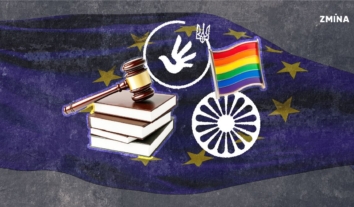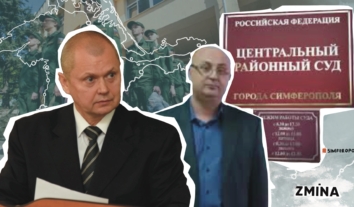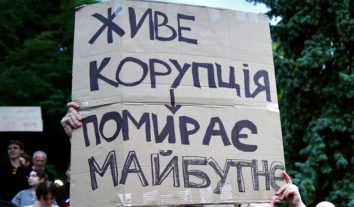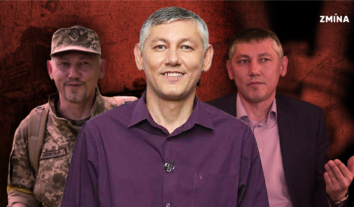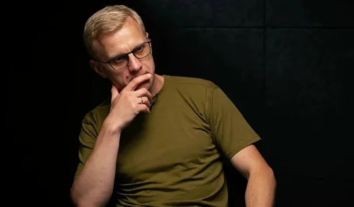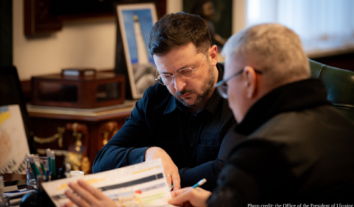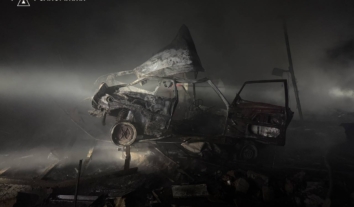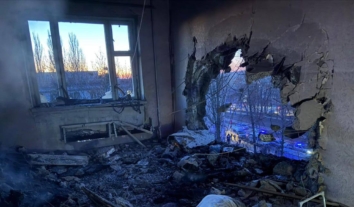The global HIV/AIDS epidemic: how the UN is trying to overcome it by 2030 despite Russian sabotage
Today, nearly 40 million people worldwide are living with HIV. Almost a quarter of them do not receive the life-saving treatment they need. As a result, one person dies every minute from HIV-related causes.
These words were a recurring theme in every public speech given by Winnie Byanyima, Executive Director of UNAIDS and Deputy Secretary-General of the United Nations, at the largest international conference dedicated to HIV/AIDS issues, held in Munich in late July 2024.
Back in June 2021, the UN General Assembly adopted the “Political Declaration on HIV and AIDS: Ending Inequalities to End AIDS by 2030.” This year, UNAIDS presented a report on the global AIDS epidemic, asserting that ending the epidemic by 2030 is possible. Some countries are already on this path, and others can follow. However, this requires political will from world leaders.
Winnie Byanyima cautioned: “Some may want to give up the fight against HIV/AIDS because the end of the pandemic seems near. But we cannot partially end the pandemic. World leaders can only end AIDS by overcoming it everywhere and for everyone, not selectively.”
Read about how the UN is trying to overcome HIV/AIDS in the world and how Russia’s war against Ukraine affected it.

UNAIDS report: key figures, facts, and goals
In 2023, fewer people were infected with HIV than at any time since the late 1980s – 13 million new cases were registered. In the previous year, nearly 31 million people (77% of all those living with HIV) received antiretroviral therapy, marking a success in healthcare and reducing AIDS-related deaths to the lowest level since the peak in 2004 (approximately 630,000 people). However, progress is uneven.
Global responses to HIV are relatively swift in sub-Saharan Africa and slow in other parts of the world. The number of new HIV infections is rising in at least 28 countries, including regions such as Eastern Europe and Central Asia, Latin America, the Middle East, and North Africa.
In 2023, approximately 86% of people living with HIV knew their HIV status. Among them, about 89% were receiving antiretroviral therapy. In 93% of those receiving treatment, the therapy was successful – the viral load was suppressed, meaning these individuals have almost no risk of transmitting HIV to their sexual partners.
By 2025, UNAIDS has set the “95-95-95” target:
- 95% of people living with HIV know their status;
- 95% of those who know their status receive therapy; and
- 95% of those receiving therapy achieve a suppressed viral load.
Thus, the world has an ambitious goal of reducing new cases to 370,000 by 2025.
Eastern Europe and Central Asia
Each year, the number of new HIV infections in Eastern Europe and Central Asia continues to rise. In 2023, there were 140,000 cases in the region, which is 20% more than in 2020. Four countries – Kazakhstan, Russia, Ukraine, and Uzbekistan – account for 92% of all new registered HIV cases in the region.
The region is falling behind schedule in overcoming the epidemic by 2030, according to UNAIDS. The dangerous practice of drug injection is a crucial factor in the epidemic in the region, accounting for 27% of new HIV infections.
Several barriers, including the criminalisation of possessing small amounts of drugs for personal use in almost half of the countries in the region (44%), create obstacles to accessing services and treatment for the target audience.
In 16 countries, prostitution is criminalised. In 15 countries, there are criminal penalties for hiding a positive HIV status and for transmitting HIV. These laws, along with active police actions, social prejudices, and discrimination, prevent people from key populations from seeking medical help.
Ukraine
Despite the difficult situation due to the war in Ukraine, which has led to 5.9 million refugees in European countries and 3.4 million internally displaced persons, Ukraine has managed to maintain HIV/AIDS services, including antiretroviral therapy in territories under Ukrainian control.
In 2023, 143,591 people living with HIV received treatment. This figure is close to the number before the full-scale invasion, according to UNAIDS.
According to the social significant diseases monitoring information system, as of January 1, 2024, 7,943 Ukrainian refugees received antiretroviral therapy abroad, and 1,900 Ukrainians who returned from abroad resumed therapy in Ukraine.
Anna Dovbakh, Executive Director of the Eurasian Harm Reduction Association (EHRA), positively assesses Ukraine’s efforts.
“Ukraine is one of the champions in responding to HIV/AIDS,” says the human rights activist. “Programs like ours – harm reduction for people who use drugs, sex workers, LGBTQI+ – such programs do not exist anywhere else in the Eastern European and Central Asian region. The Ukrainian Ministry of Education and Ukrainian NGOs are doing the impossible to combat HIV/AIDS during the war. But we all understand that in the occupied territories during the war, gender violence and torture occur. How many new cases we will discover in the near future – we do not know. People remain in occupation and are subjected to violence. What will happen with infections, not only HIV/AIDS, no one can even imagine”.
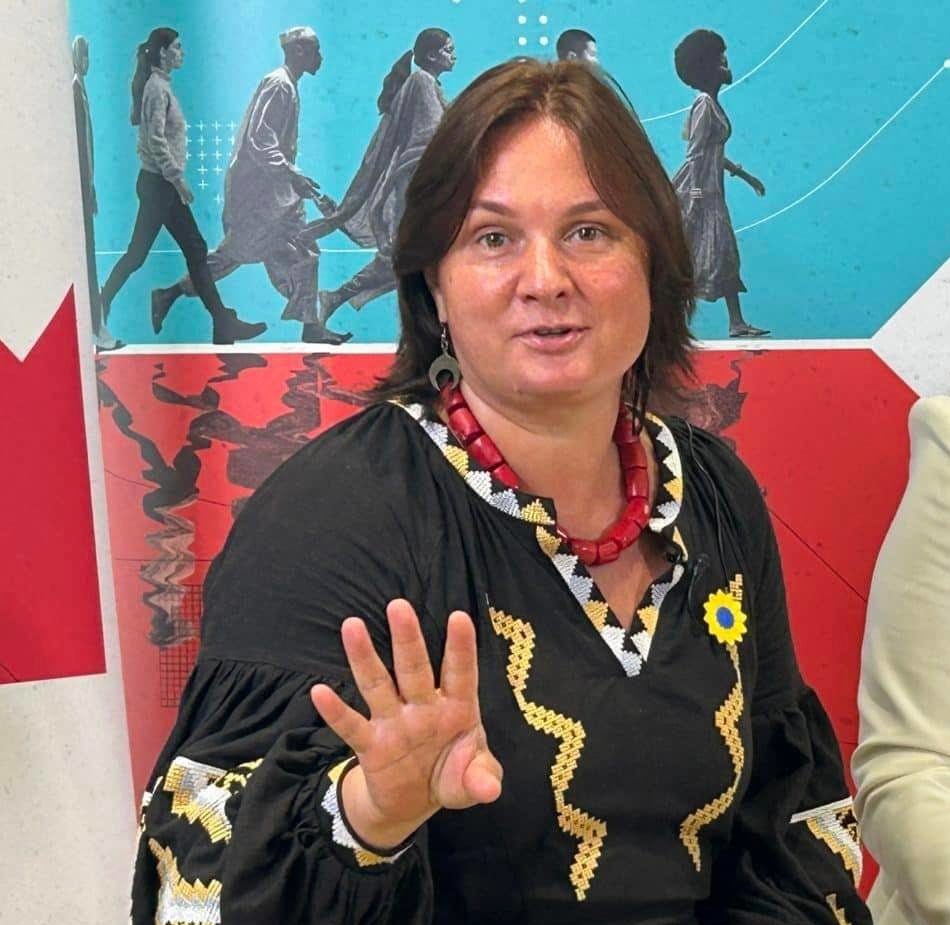 Anna Dovbakh
Anna DovbakhDovbakh noted that the Russian population does not receive proper treatment, and Russian soldiers carry out the occupation.
“We tried to provide harm reduction programs – to deliver post-rape first aid packages. We are talking about thousands of such packages. But these medications, which prevent infection, need to be taken within 72 hours after rape. And while the woman was reaching a conditionally safe place or fleeing from occupation – more time passed,” she explained.
Epidemic and Human Rights
Many HIV/AIDS prevention programs still ignore key populations – sex workers, gay men and other men who have sex with men, people who inject drugs, transgender individuals, and people in prisons and other closed settings.
Today, these programs do not cover more than 9 million people (23%) who need antiretroviral therapy. About half of this number – around 47 million – live in sub-Saharan Africa. Access to treatment is particularly low in Eastern Europe, Central Asia, the Middle East, and North Africa. AIDS is most often seen in individuals who initially received antiretroviral therapy but then stopped treatment for HIV infection.
Stigma and discrimination related to a person’s HIV status remain alarmingly high. Punitive laws targeting people living with HIV are still in place in almost all countries worldwide.
In 42 countries where recent studies were conducted, on average, about half of the respondents – 47% – hold discriminatory attitudes towards people living with HIV. Unfortunately, discrimination persists even in healthcare.
According to a stigma index study conducted in 25 countries, nearly a quarter of people living with HIV faced stigma when seeking healthcare unrelated to HIV over the past year. Restrictions on rights and criminalisation of the most vulnerable populations who hide their HIV status and cannot receive appropriate support worsen the epidemic situation.
Russia’s war against Ukraine has exacerbated negative trends in human rights across the Eastern European and Central Asian region, leading to increased social and legal insecurity. In recent years, more countries in Central and Eastern Europe and Central Asia have adopted new laws and practices restricting civil society, thereby creating additional pressure on already vulnerable groups – LGBTQI+, people living with HIV, sex workers, and drug users.
Dovbakh explains: “In Russia, there is a very coordinated assault on people’s rights in various directions on the opportunities of the civil sector. The Law on Foreign Agents and undesirable organisations began in Russia. Then, it was brought to Kyrgyzstan, Georgia, Tajikistan, Uzbekistan, and Azerbaijan.
“The situation in the region is very difficult. Russia is pressuring countries in this region through pro-Russian politicians and various technologies to eliminate even a hint of resistance to the Russian war against Ukraine and the existence of civil society. For us, this is a terrible situation. Because a huge number of activists who previously worked with vulnerable groups, including people living with HIV/AIDS, have to either fold their activities or flee the country and leave their clients without support.”
Dovbakh’s organisation is part of the international movement “Rise & Decriminalize.” The movement was created to collectively defend the rights of vulnerable populations, including LGBTQI+ people, those who use drugs, women living with HIV, and people involved in the sex industry.
Dovbakh elaborates that decriminalisation should focus on six pillars:
- bodily autonomy and integrity;
- access to justice;
- freedom from legal restrictions;
- community-led interventions;
- access to comprehensive services;
- the movement asserts.
“Finally, international speakers are not afraid to say aloud: Russia is spending billions on war, doing nothing for people in the context of the fight against the HIV/AIDS epidemic,” she concludes. “They are killing their people and killing everyone around.”

